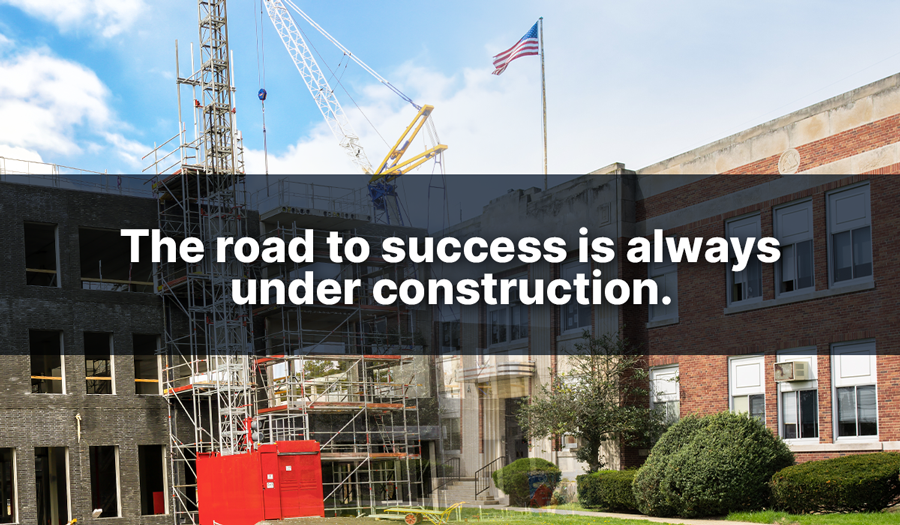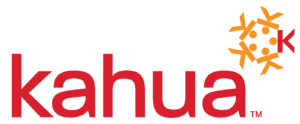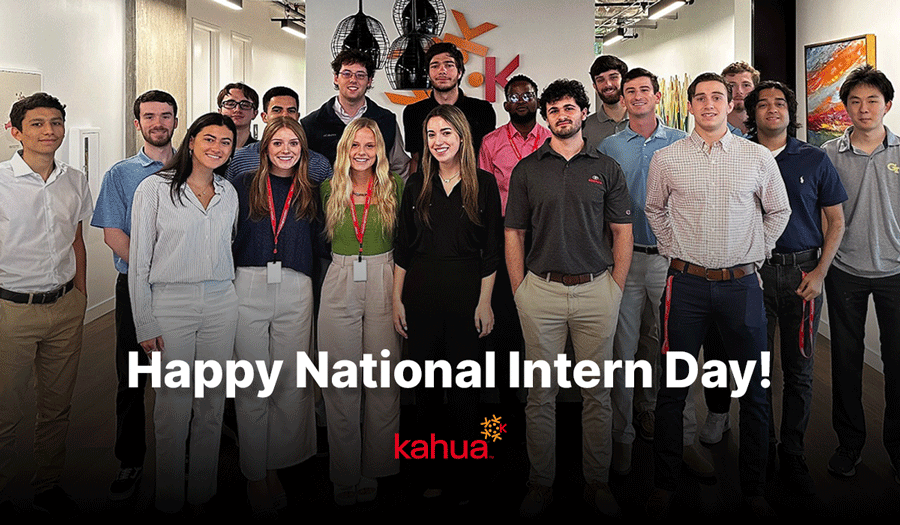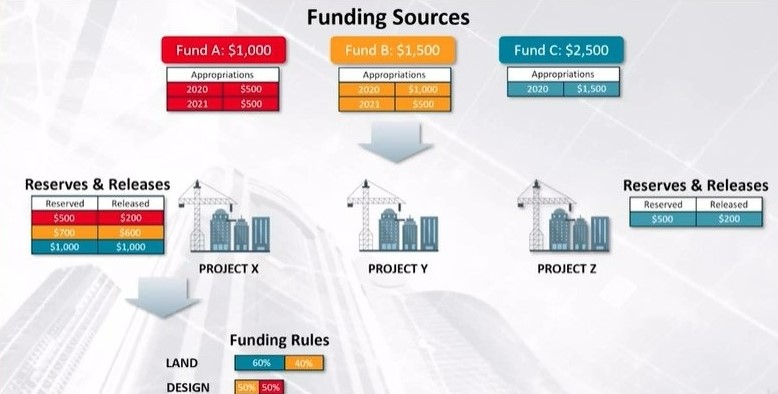
Even though students and teachers won’t be on campus for the next couple of months, many of the 130,000 K-12 schools in the U.S. are at the height of busyness with roof and HVAC replacements, technology upgrades, safety enhancements and building expansions.
For some, these are the typical operations and maintenance improvements they’ve always scheduled during summer; others are continuing to utilize Elementary and Secondary School Emergency Relief (ESSER) funds from the nearly $190 billion approved by Congress in three rounds to improve classroom safety and efficacy during the COVID pandemic.
Almost 100% of ESSER I funding has been spent; 76% of ESSER II, which must be obligated by September 2023, has been spent. For the third round of funding, which expires in September 2024, states and districts have allocated 36% of funding.
Continued supply chain problems and labor shortages have created challenges for school districts that must spend the funds by federally imposed deadlines, depending on the three ESSER allocations.
(For a state-by-state breakdown of how school districts are spending $189.5 billion in three rounds of ESSER funding, go here.)
These types of expenditures don’t fall under a one-and-done scenario. Even when the projects are completed, the school district’s operations and maintenance workers will forever need to check on them to ensure they’re functioning properly. And if something isn’t operating well, those workers need access to installation and warranty information.
According to data services firm Burbio, repairing or replacing HVAC systems and ventilation is the No. 1 ESSER-funded school project, followed by facility improvements to prevent illness.
When the inevitable HVAC problem arises – whether from projects paid for by ESSER or routine school funding – schools should first check the warranty and spec information. If that isn’t readily available, as if often the case with paper-fueled project management, a school’s inclination could be to just get the system repaired as soon as possible … especially if the failure happens during the most extreme weather.
At Kahua, we have heard multiple stories of school districts paying out of pocket for repairs that could have been covered by warranties if they had known better, or the HVAC failed because its purchase or installation wasn’t to spec. That can total tens of thousands of dollars for just one school in a cash-strapped district.
What K-12 schools need is a project management information system (PMIS) that not only helps guide them through these planning and execution of these construction efforts but is also there for them when they need to quickly locate any “paperwork” regarding any campus, any time. Of course, paperwork is most easily found when it isn’t paper at all. It needs to be stored in a logical, searchable digital system that links to all information about the HVAC or the security system or the roof.
This data needs to reflect the asset itself, not just the finite project work.
Because many PMIS offerings don’t provide everything districts need for construction project management, many have to look outside their information system to get what they need. In a Smart Market Brief created by Dodge Data Analytics, 65% of education owners reported using spreadsheets or manual processes to keep track of their projects. Another 41% said they were using internal customer-designed software.
That is not necessary with a PMIS that’s created to provide owners everything they need to manage their programs and projects for the lifetime of each campus.
Other reasons this type of PMIS is essential for K-12 schools:
Resource Allocation: K-12 construction projects require careful allocation of resources such as funds, materials, and labor. Asset centric project management helps track and manage these resources effectively, ensuring they are optimally utilized throughout the project lifecycle.
Timelines and Scheduling: K-12 projects often have strict deadlines to ensure minimal disruption to the educational calendar. Asset centric project management enables the creation of detailed schedules and timelines, allowing project managers to track progress, identify bottlenecks and make necessary adjustments for timely completion.
Budget Management: Asset centric project management provides tools to monitor costs, track expenses and ensure that the project stays within budget while adhering to quality standards.
Stakeholder Collaboration: K-12 construction projects involve various stakeholders with different priorities and requirements. Asset-centric project management facilitates effective collaboration and communication among stakeholders, enabling them to provide input, review progress and address any concerns or changes in a timely manner.
Asset Tracking and Maintenance: Educational facilities are long-term investments, and asset centric project management ensures that the constructed or renovated assets are properly tracked, maintained and managed even after project completion. This includes maintaining accurate records, scheduling preventive maintenance and planning for future upgrades or renovations.
Compliance and Safety: K-12 projects must adhere to various building codes, safety regulations and educational standards. The asset centric approach helps ensure that all necessary compliance requirements are met and that the constructed facilities are safe and conducive to learning.
Whether these projects fall under special federal funding like ESSER or are funded by the local district, the way to get the most out of the investment is to regard the asset as rigorously during its life as in its beginning.
From scope and cost to time, quality and objectives, Kahua can help you efficiently manage the entire construction lifecycle for your K-12 projects and programs — all with an eye toward building spaces strategically designed for students.
***
Don’t miss our upcoming webinar on June 27, From Complex to Simple: Managing Funding Sources Painlessly. Gain insights on how to utilize modern technology to effectively plan, manage and track multiple funding sources of projects and their costs. Register here.




